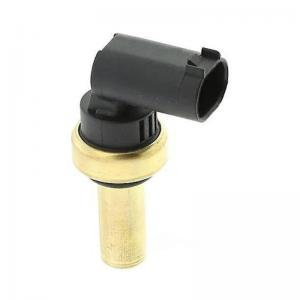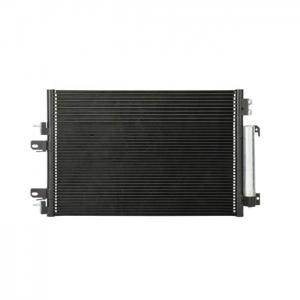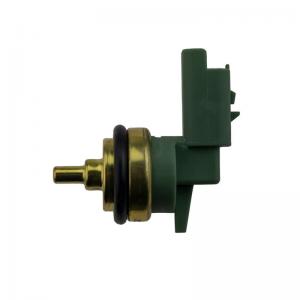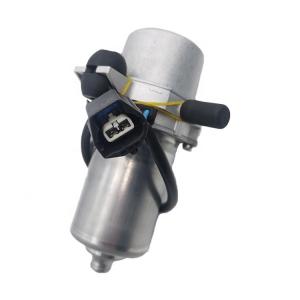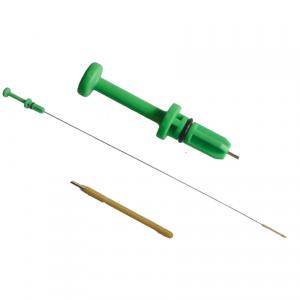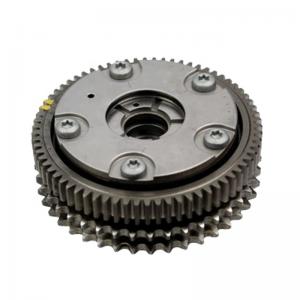Brake Hydraulic Hose
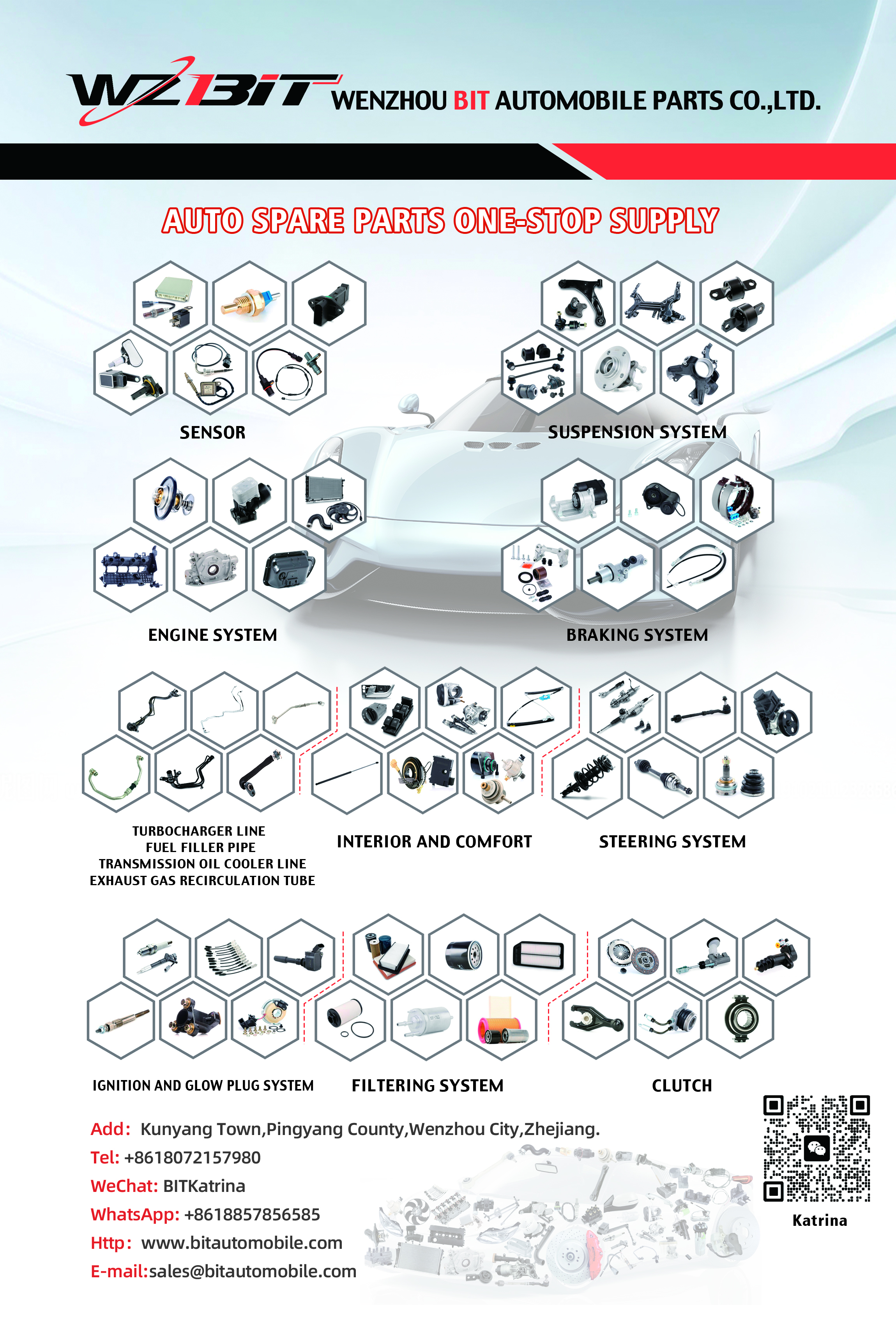
The hydraulic hose in a vehicle's steering system plays a crucial role in transmitting pressurized power steering fluid between the power steering pump, steering gear or rack, and the steering components.

OE Number
46210-JG013 46210JG013
Compatible Applications
NISSAN ROGUE 2008-2019
NISSAN ROGUE SELECT 2014-2015
Function and Location
- The hydraulic hose in the steering system carries pressurized power steering fluid from the power steering pump to the steering gear or rack. It allows for the transfer of hydraulic pressure, enabling the power steering system to assist in turning the wheels with minimal effort from the driver.
Construction
- Material: Steering system hydraulic hoses are typically made from reinforced rubber or synthetic materials capable of withstanding high hydraulic pressures and temperature variations.
- Inner Core: The inner core is designed to handle hydraulic fluid without leaking or deteriorating.
- Reinforcement Layers: These layers (usually made of braided or spiraled steel wire) provide strength and structural integrity, preventing the hose from expanding or bursting under pressure.
- Outer Cover: Protects the hose from abrasion, weathering, and damage.
Connection Points
- Hydraulic hoses in the steering system are connected to the power steering pump, steering gear or rack, and possibly the fluid reservoir.
- Fittings: The ends of the hydraulic hose are fitted with connectors (usually threaded fittings or quick-connect fittings) that secure them to the corresponding ports on the pump, steering gear, or other components.
Importance
- The hydraulic hose is crucial for the proper functioning of the power steering system. It ensures the efficient transmission of hydraulic pressure, allowing the system to provide responsive steering assistance based on the driver's input.
Maintenance and Replacement
- Inspection: Regularly inspect hydraulic hoses for signs of wear, leaks, or damage (such as cracks, bulges, or abrasions).
- Fluid Checks: Monitor power steering fluid levels and quality, as leaks from hoses can lead to fluid loss and potential system failure.
- Replacement: If a hydraulic hose shows signs of damage or wear, it should be replaced promptly to prevent loss of steering assist and potential safety hazards.
Environment and Conditions
- Hydraulic hoses in the steering system are exposed to engine heat, vibrations, and road debris. Proper routing and securing of hoses are essential to prevent damage and ensure longevity.
In summary, the hydraulic hose in a vehicle's steering system is a critical component that enables the power steering system to function effectively and efficiently. Regular inspection and maintenance of these hoses are essential for ensuring safe and reliable steering performance.
Send your message to us:



